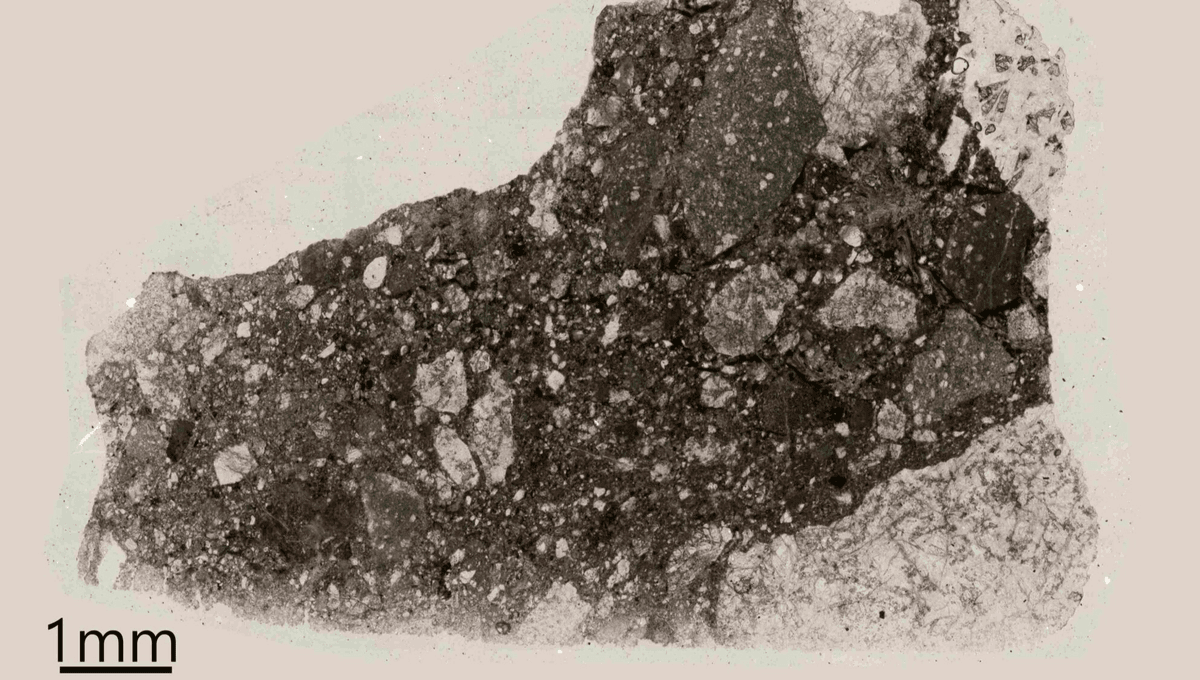
Scientists have found a mineral in lunar rocks that suggests there was a lot more water in the Moon’s crust than previously thought. The mineral in question is apatite, the most common phosphate, which is also found in our bones and teeth. The mineral contains volatile elements in its structure and tends to form in the presence of water.
A lot of our understanding of the Moon’s geology comes from the rocks collected by the Apollo mission. Those samples represent only a tiny fraction of the geology of the Moon and historically, painted a picture of it as dry, lacking in volatiles. Meteorites coming from our satellite have provided a different view and so has re-analysis of the Apollo sample.
Lead author of the study Dr Tara Hayden discovered that meteorite Arabian Peninsula 007 (discovered in Saudi Arabia in 2015) was from the Moon. An analysis showed where it came from and that it contained intriguing minerals.
“I was so lucky the meteorite not only came from the Moon but remarkably, featured chemistry so vital to our understanding about lunar water-bearing minerals,” Hayden said in a statement. “Lunar meteorites are revealing new, exciting parts of the Moon’s evolution and expanding our knowledge beyond the samples collected during the Apollo missions. As the new stage of lunar exploration begins, I am eager to see what we will learn from the lunar far side.”
The meteorite is a piece of lunar crust that broke apart following an impact around 4.5 billion years ago –that’s just after the Moon formed. A planetoid the size of Mars hit our fledgling planet and threw enough material in orbit to form the Moon. What kind of elements were there at the beginning is unclear and there are many missing pieces in the puzzle of the following period.
“The discovery of apatite in the Moon’s early crust for the first time is incredibly exciting—as we can finally start to piece together this unknown stage of lunar history. We find the Moon’s early crust was richer in water than we expected, and its volatile stable isotopes reveal an even more complex history than we knew before,” said Hayden.
More lunar material will soon be available to scientists when humans (hopefully) return to the Moon in 2026 with Artemis III. The samples collected then will provide new insights into the geological history of the Moon.
“We know most about the history of water on the Moon from the Apollo samples, but those samples are thought to only represent about five percent of the entire Moon surface,” said Hayden. “Until we get more samples back in the upcoming Artemis missions, the only other samples from the surface we have are meteorites.”
The study is published in Nature Astronomy.
Source Link: The Moon Used To Be A Lot Wetter Than We Thought